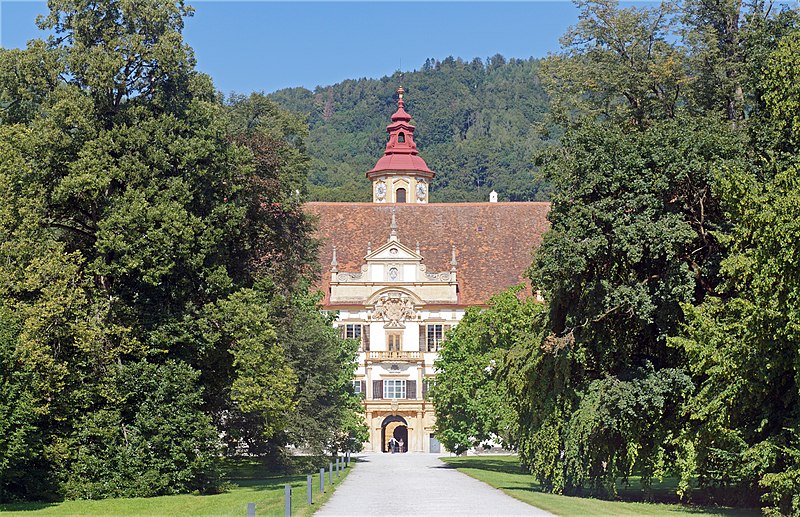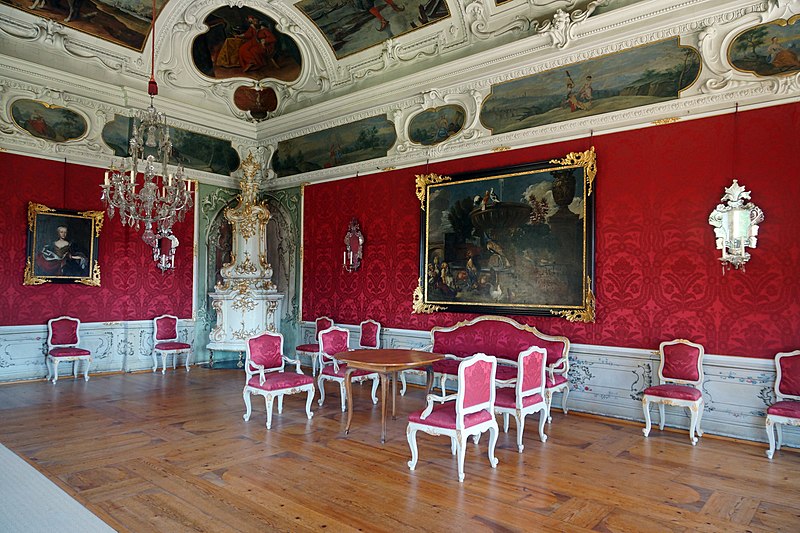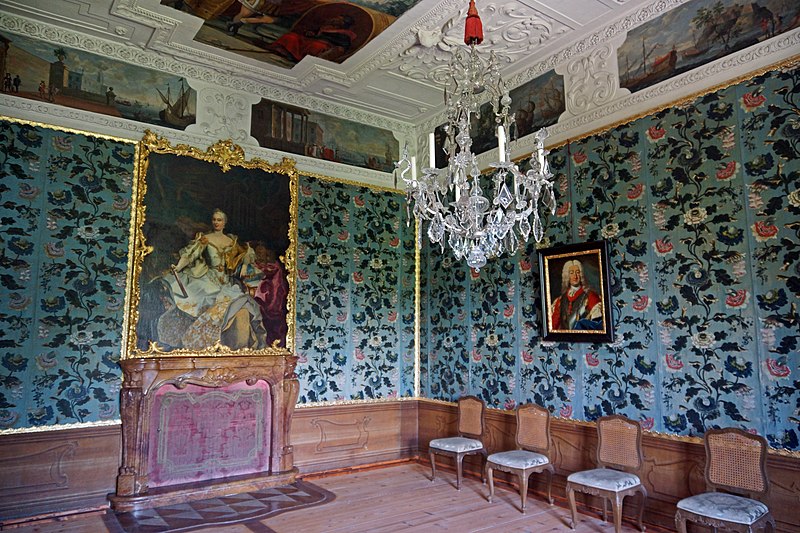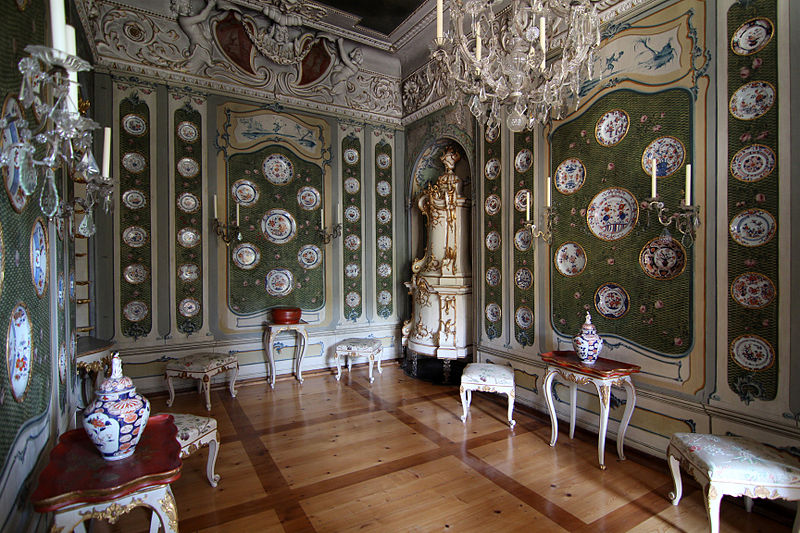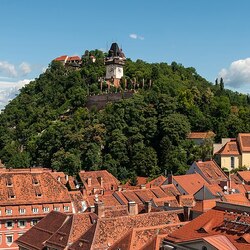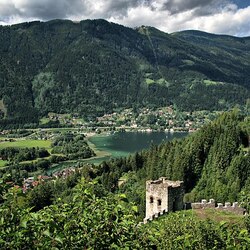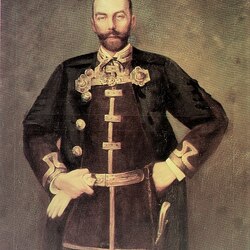Eggenberg Castle
The magnificent Eggenberg Palace and Park Complex is located 3 km from the city of Graz. Through the park, called the Garden of Planets, a wide road leads to the castle, surrounded by majestic catalpa and tulip trees. Peacocks are strolling around the castle walls, fanning their colorful tails every now and then. The castle seemed to have descended from fairy-tale pages. There is almost no electricity in it, and in the evenings it is illuminated by candles. The heat is maintained by stoves.
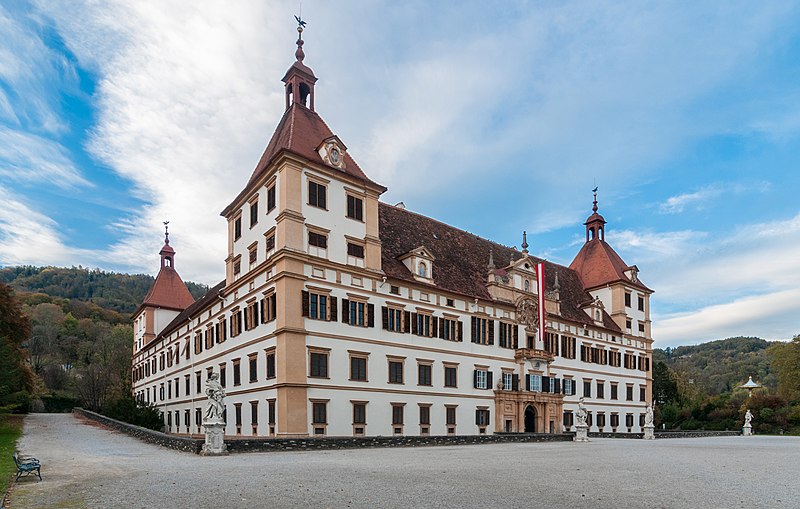
Construction history
Back in the 15th century, the first building was built – a chapel in the late Gothic style. In 1625, Prince Hans Ulrich von Eggenberg, advisor to Ferdinand II and his favorite, began building a castle in the Buddhist tradition based on the harmony of the universe.
At that time, the most popular architectural styles were Rococo and Baroque. But in the architecture of Eggenberg Castle there is neither splendor nor pretentiousness inherent in the Renaissance. The Renaissance-inspired building was designed by a friend and architect, D. P. de Pomis. When working on the project, he took into account the prince's passion for astronomy.
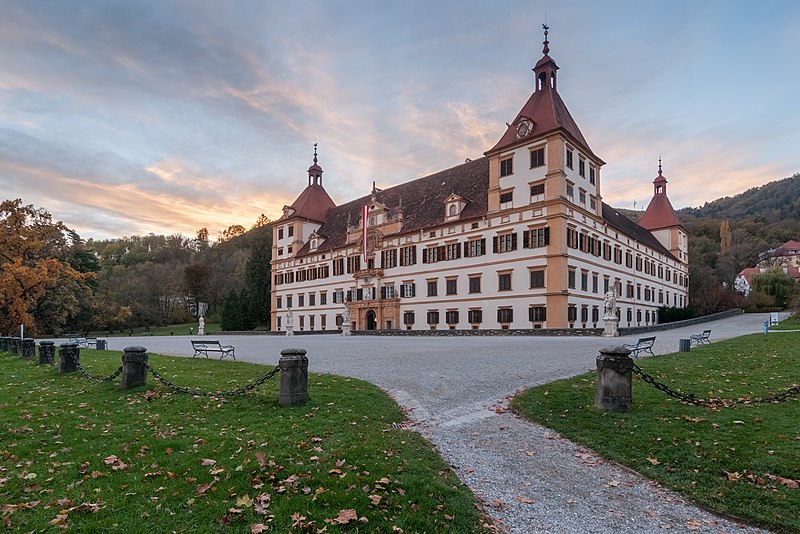
As a result, the "calendar" castle appeared as an attempt to understand the passage of time: the four side towers symbolize the four seasons or the four elements; the number of halls is equal to the number of weeks in a year – 52; the number of rooms on each floor – 31; 12 gates lead to the park; 24 service rooms in the castle – according to the number of 24 hours in a day days; windows, respectively, 365. The castle is called a cosmogonic model of the Universe of the 17th century, an allegory of the Universe and an example of architectural harmony.
The construction of the castle was completed in 1635, when the customer had already died. In 1666, the grandson of the prince ordered 600 paintings by Weissenkircher. They can still be admired at the present time. After the death of the last of the Eggenbergs, the residence was inherited by the Herberstein family. In the 18th century, the interior of the palace was changed to the Rococo style. The park was brought in line with the English style. In 1939, Eggenberg Castle passed to the government of the Styrian lands. The interior of the palace, stucco, furniture, crystal, interior items and paintings have been well preserved to this day.
The interior of Eggenberg Castle
Most of the castle halls have an authentic look. Classical music concerts are often held in one of them. There are several museums located within the walls of Eggenberg Castle, one of which contains an exhibition of ancient paintings. Paintings and frescoes with cosmic symbols dated 1678 are presented in the Hall of Planets.
The most valuable is the Streweg bronze chariot of the 7th century BC depicting a sacrificial scene. The cart was found in 1851 in the burial of the prince. Bronze ornaments, amphorae and iron weapons were also found there. The castle has a magnificent collection of coins, numbering more than 70 thousand exhibits. The castle was included in the UNESCO World Cultural Heritage List in 2010. Eggenberg Castle is minted on a silver 10 euro coin issued in 2002 with a circulation of 200,000 pieces.


